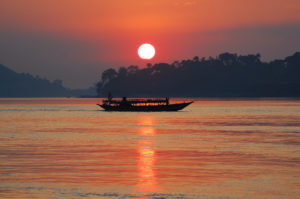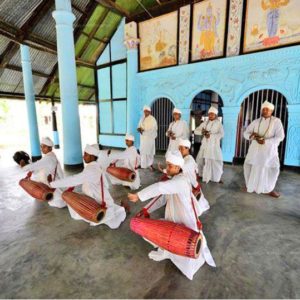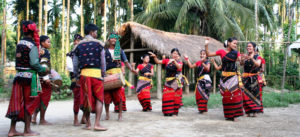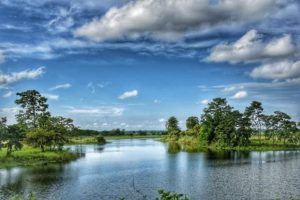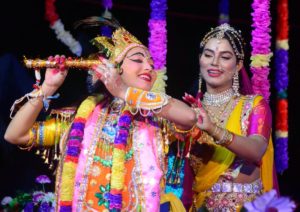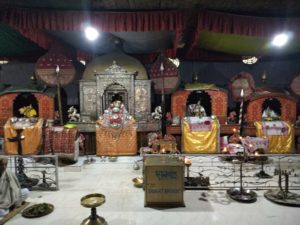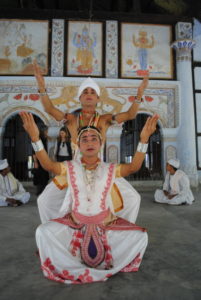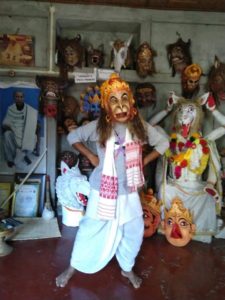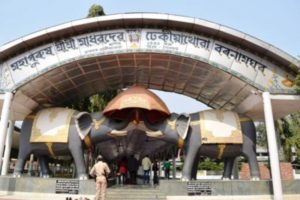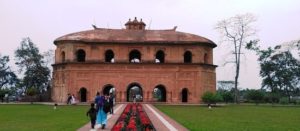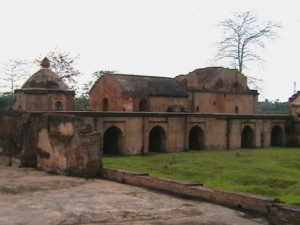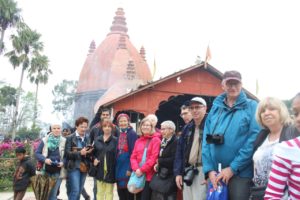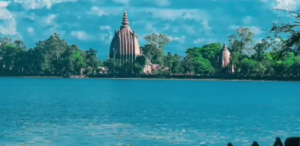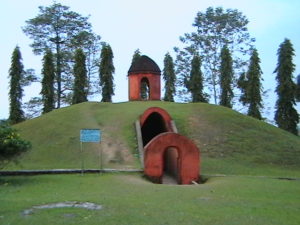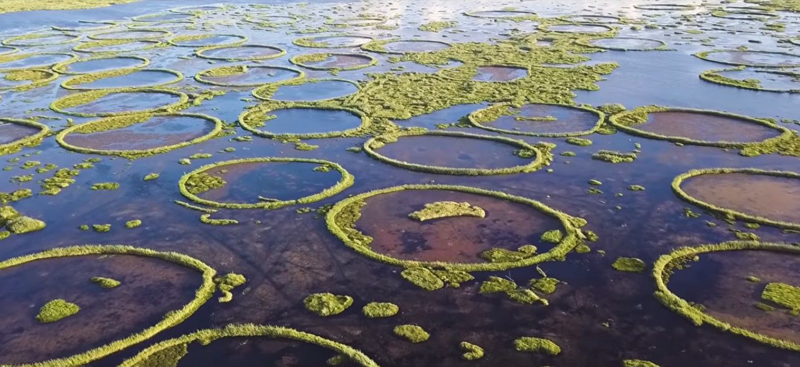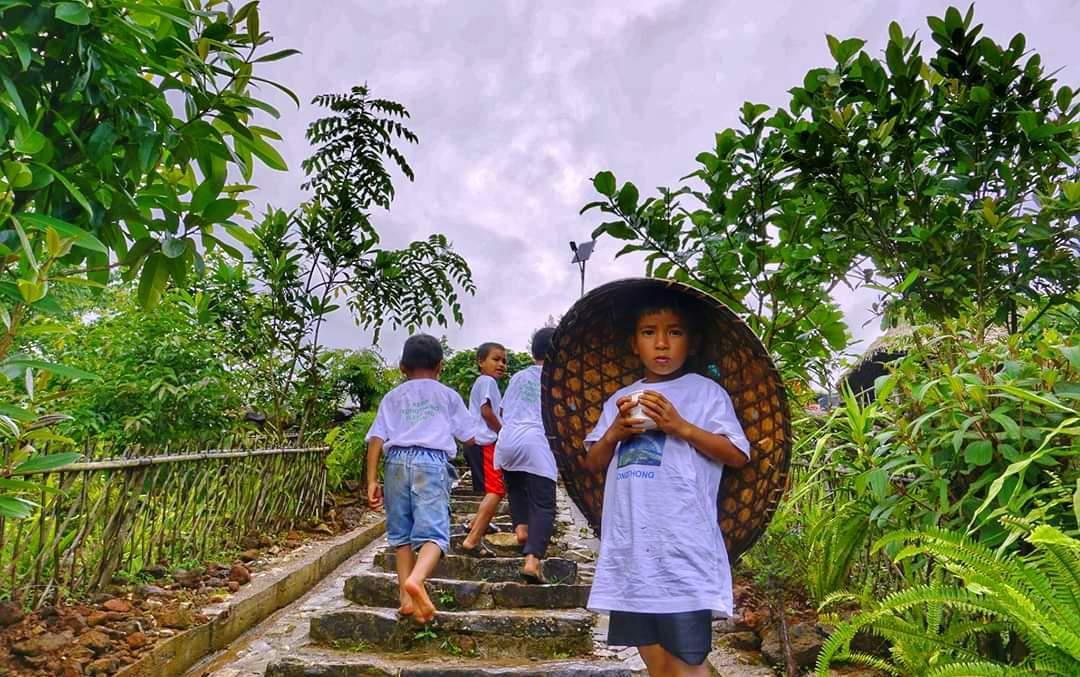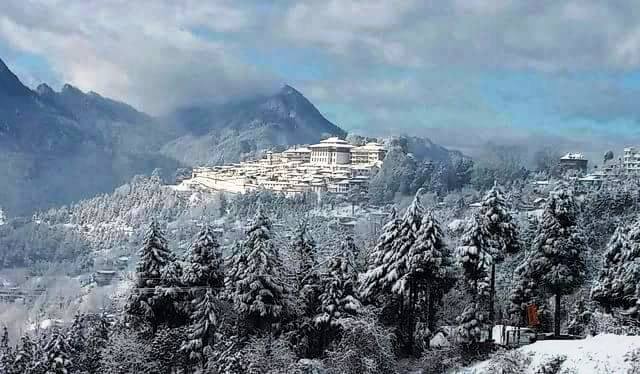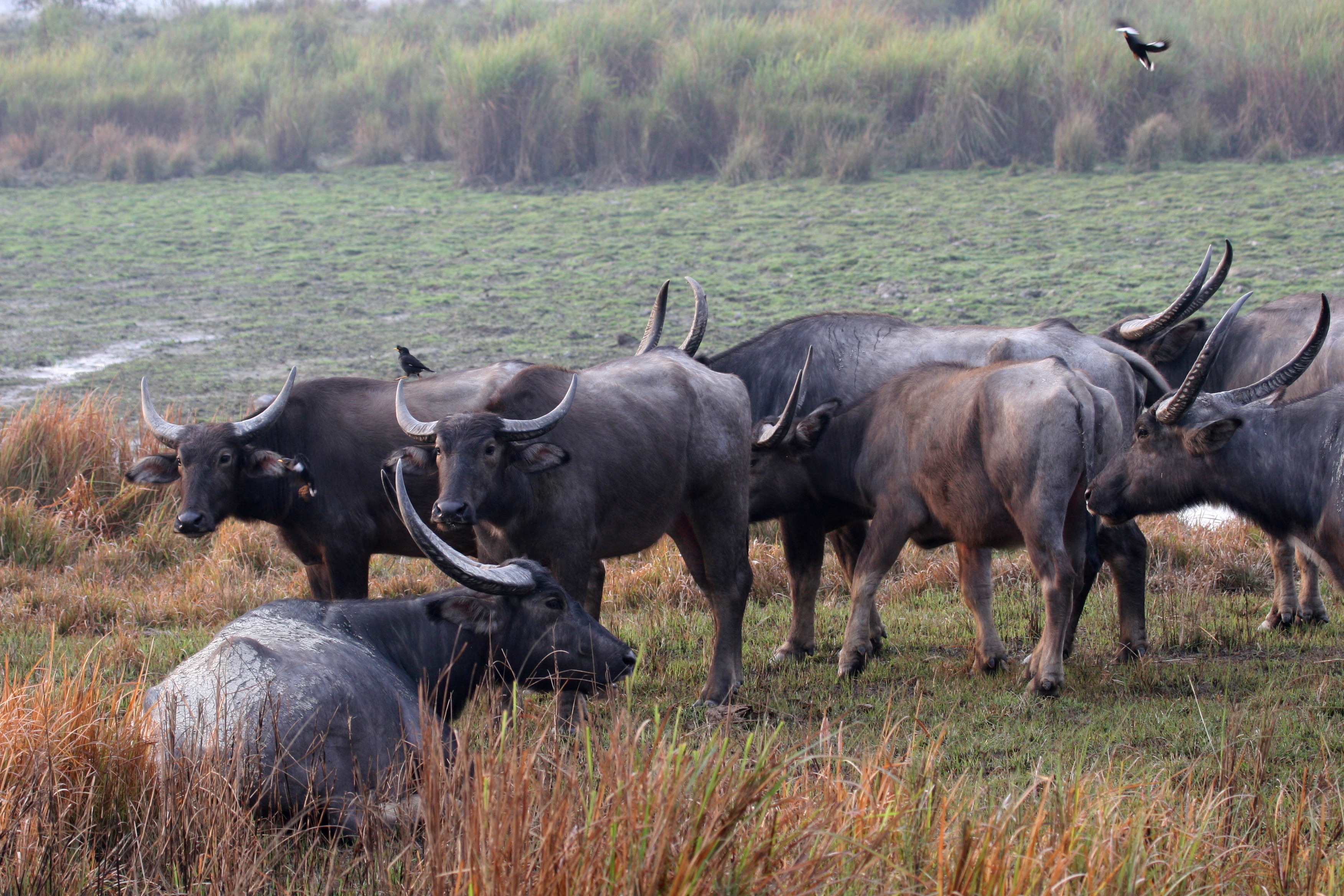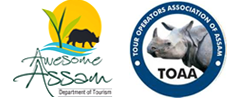Tour Highlight
This well crafted itinerary offers you to explores the quaint island of Majuli like a local, experience all what nature has offered to you
- Sunset view in Brahmaputra river
Embark upon the ferry and witness the panoramic views of an amazing sunset along with the massive Brahmaputra.
- Gayan Bayan Dance performed by monks in Majuli
Explore The Traditional Roots Of Assamese Society By Visiting The Vaishnavite Monasteries Of Majuli.
- Traditional Mishing Bihu Dance
Stroll in the villages and get insight into the interesting aboriginals of Assam specially the Ethnic Mishings – The River People.
Itineraries
Day 01: Arrive Jorhat or Dibrugarh / Majuli
Arrive Jorhat by flight/ train
Morning after breakfast depart for Majuli Island. En route cross the Brahmaputra river by local made ferry.
- Scenic Landscape of Majuli
Majuli Island: The largest inhabitant river line island in the world Majuli has been the hub of Assamese neo-vaishnavite culture and it is the cultural capital and the cradle of Assamese civilization for the past 500 years, by the revered Assamese saint Srimanta Sankardeva and his disciple Madhavdeva. The first vaishnavite monastery was at Belaguri in west Majuli. After that 65 Monasteries (SATRAS) were set up. Today only 22 of the original 65 are survived.
The main tribe of Majuli is Mishing. They comprise of about 47% of the population of Majuli. The term Mishing is also made up of two words- ‘mi’ means people and ‘yassing’ means fine, and that’s why they call themselves fine people. Other comprises Chutias, Deoris, Sonowal Kacharies, Koches, Naths, Kaivarttas, Mattaks, Ahoms, Kalitas, Brahmins etc.
Arrive and check in at traditionally built bamboo hut.
Later explore the cultural heritage of ethnic Mishing and Assamese people by visiting their villages.
Overnight at Bamboo hut.
Day 02: Majuli
Morning after breakfast explore the traditional roots of Assamese society by visiting the vaishnavite monasteries of Majuli.visit:
Dakhinpat Satra: Founded by Banamalidev, a supporter of Raasleela, which is now observed as one of the National Festivals of Assam.
- Raas Mahotsava at Majuli
Garamurh Satra: This “Satra” was founded by Lakshmikantadeva. During the end of autumn, the traditional the Raasleela is enacted with pomp and celebrations. Ancient weapons called “Bartop” or cannonss are preserved here.
- Inside Kamalabari Satra
Auniati Satra: Founded by Niranjan Pathakdeva, the satra is famous for the “Paalnaam” and Apsara Dances and also its extensive assortment of ancient Assamese artefacts, utensils, jewellery and handicrafts. It also has a hundred and twenty five disciples and over seven hundred thousand followers worldwide.
- Satriya Dance at Auniati Satra Majuli
Kamalabari Satra: The Kamalabari Satra, founded by Bedulapadma Ata, is a centre of art, cultural, literature and classical studies on the island. Its branch the Uttar Kamalabari Satra has performed cultural programmes of the Satria Art all around the country and abroad.
- Mask Makers at Samaguri Satra in Majuli
Shamaguri Satra: The satra is famous for the masks making in India.
Overnight at bamboo hot.
Day 03: Majuli / Sibasagar (70 Kms, 1 hour drive and 2 hrs ferry ride)
Morning after breakfast depart for Sibasagar. En route again cross the Brahmaputra river by local made ferry.
En route visit:
- Dhekiakhowa Bornamghar
Dhekiakhowa Bornamghar: Dhekiakhowa Bornamghar is one of the most revered religious destinations in Jorhat. It was established by saint-reformer Madhavdeva, a disciple of Srimanta Sankardeva at a small village which was later named as Dhekiakhowa.
It is believed that while touring these parts with the idea to reform people, Madhavdeva stopped at a small, unknown village. He asked for shelter at a very poor and old woman’s house. Because of her poverty, she could only offer the great saint rice with Dhekia Saak (a nutritious and easily available leafy vegetable). He was so impressed with the food that he decided to set up namghar (prayer house) in the village. Eventually, the place got its name as Dhekiakhowa (khowa meaning eating).
Arrive Sivasagar and check in at hotel.
Sivasagar: Situaterd 369 Kms east of Guwahati Sivasagar erstwhile Rangpur is full of historic relice. Bearing testimony of 600 years of Ahom rule. Rangpur became THE 4TH Capital of Ahom Kingdom. The name of the town and the district originated from the Sivsasagar Tank and temples.
In Sivasagar visit:
- Rang Ghar
Rang Ghar: An antique two storied imposing structure the Rang Ghar (‘Rang’ means enjoyment ang ‘Ghar’ means house in Assamese language)happened to be the royal sports pavilion (lile wrestling, bird fight, buffalo fight etc) of the Ahom Kings. It was constructed by the 34th Ahom king Pramatta Singha in 1746.
- Tolatol Ghar
Tolatol Ghar: Originally constructed by the Ahom king Rudra Singha in 1699 the present palace made of bricks and indigenous type of cement constructed by King Rajeswar Singha in 1751-69). Known as the seven storied Kareng Ghar of which four were over ground and remaining three were underground, it was the Capital and the military station of the Ahom kings.
- Shiva Dol
Shiva Dole: The Shiva Dole, Vishnu Dole and Devi Dole constructed by second queen of Shiva Singha known as Ambika in 1734. This reputed to be the tallest Shiva Temple in North East India. The Shiva Dole 180 feet in height and 195 feet in diameter caped by seven feet height golden dome.
- Sivasagar Tank
Shivasagar Tank (Barpukhuri): Constructed by second queen of Shiva Singha queen Ambika in 1734, covers an area of 129 acres. The water level of the tank never changes and remains above the level of the town all the time.
- Kareng Ghar
Kareng Ghar (The Gargaon Palace): The original structure had been made of wood and stones. In 1747 King Pramatta Singha constructed the brick wall of about 5 kms.The present surviving Brick palace was rebuilt by king Rajeshwar Singha in 1752.
- Charaideo Maidam
Charaideo Maidam: The tombs of King and Queen at Charaideo Hillock are comparable to the pyramids of Egypt. Charaideo was the first Capital of Ahom Kingdom established by King Sui- Ka- Pha. This is also the sacred burial ground of the kings and the queens of the Ahom Kingdom.
Overnight at hotel.
Day 04: Sibasagar / Jorhat or Dibrugarh Departure (75 Kms, 1 ½ hour drive)
Morning after breakfast depart for Jorhat or Dibrugarh Airport for the onward destination.
Tour ends.
Inclusion and Exclusion
THE PACKAGE COST INCLUDES:
- All transport by a dedicated vehicle
- Accommodation for three nights.
- Daily breakfast at hotel.
- Ferry charges to and from Majuli island
- All parking, toll charges, driver’s allowances etc.
- 5 % GST as applicable
THE PACKAGE COST DOES NOT INCLUDE:
- Any meals other than mentioned above.
- Entrances to the monuments, parks other than mentioned above.
- Charges of the accompanying guide or local guide (if required)
- Any expenses occur due to natural calamities or which are not mentioned in the cost inclusions
- Any other expenses of personal nature i.e camera, laundry, telephone, any type of insurances, tips, portages etc.




